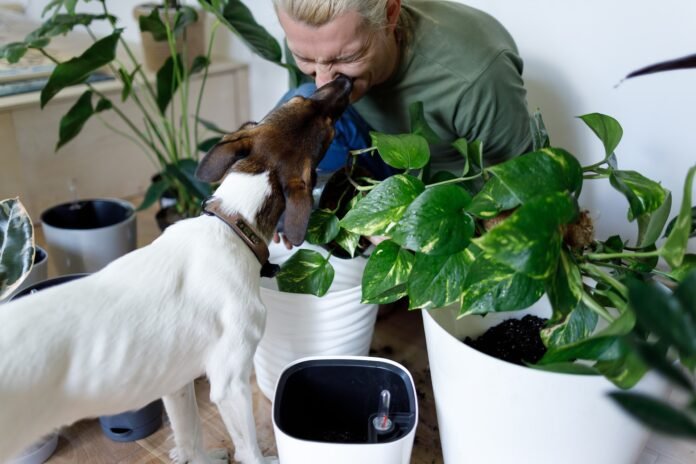If you’re a pet parent, you probably already know the importance of regular checkups, flea meds, and vaccinations for your beloved pups. But have you considered the potential danger that could be lurking in your own home? That’s right – there are numerous plants that are poisonous to dogs, and as a loving pet parent, it’s essential to take an inventory of the greenery in your home and garden.
Whether you’re a seasoned dog owner or a newbie, keeping your furry friend safe should always be a top priority. Just like baby-proofing a home for a curious toddler, “puppy-proofing” your space by checking for harmful plants is crucial to ensure your pup’s well-being. So, let’s dive into the world of poisonous plants and learn how to keep your best friend out of harm’s way!
Don’t risk Your pup’s life: Study these 10 poisonous plants and their images to familiarize yourself and be aware.
- Autumn Crocus
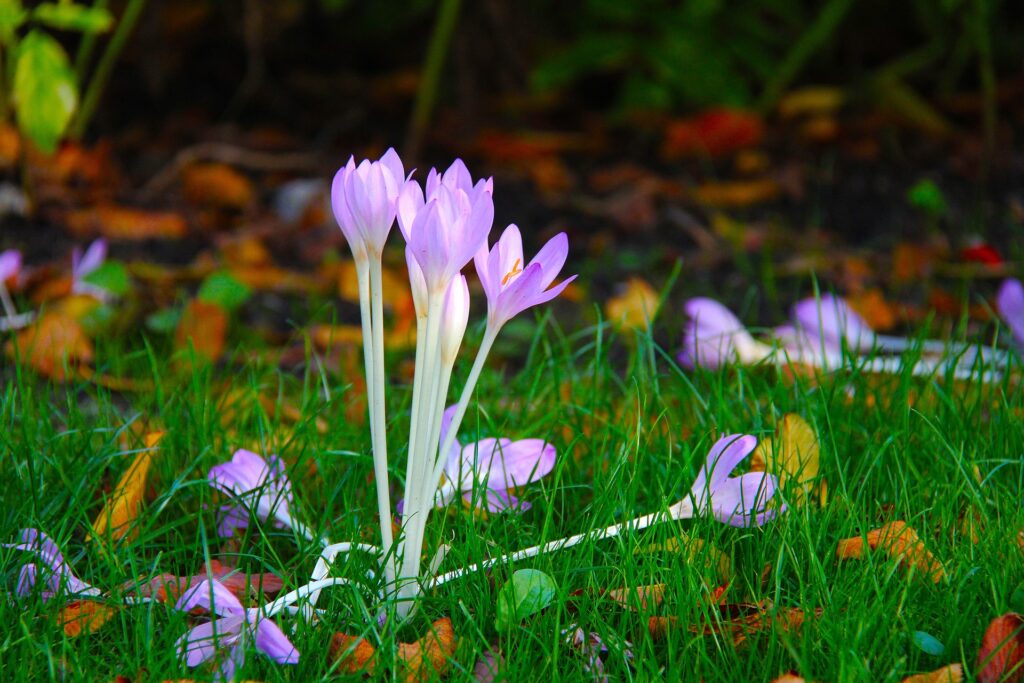
The Autumn Crocus is a plant that can easily deceive pet owners. In the spring, it sprouts large green leaves that wither away as summer progresses. Then, in the fall, small purple flowers appear where the leaves were, making it difficult to keep track of your dog’s activity around this plant.
Unfortunately, this seemingly harmless plant is extremely toxic and can cause severe harm to your furry friend. This plant can cause serious liver and kidney damage and even lead to respiratory failure. If you suspect that your dog has ingested any part of the Autumn Crocus, don’t wait for symptoms to show up – take them to a vet immediately.
- American Holly
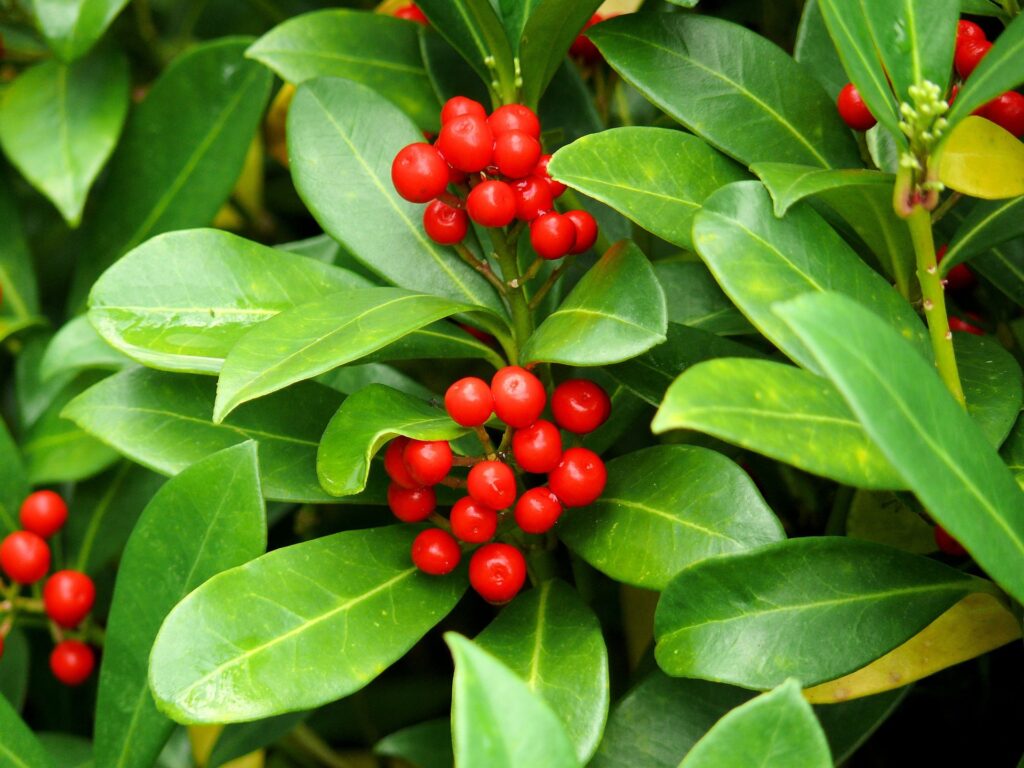
American Holly plants are a common sight in many landscapes, admired for their beauty and a favorite among birds. However, while these berry-producing bushes may add charm to your yard, they can harm your furry friend. This warning applies to American Holly and other holly varieties like English, Japanese, or Christmas holly.
The leaves of these plants can cause severe gastrointestinal injuries and induce vomiting in dogs. If you suspect your pup has ingested any part of a holly plant or its berries, watch for symptoms like lip-smacking, drooling, or head-shaking. These could indicate that your dog is experiencing discomfort and requires immediate medical attention.
- Amaryllis
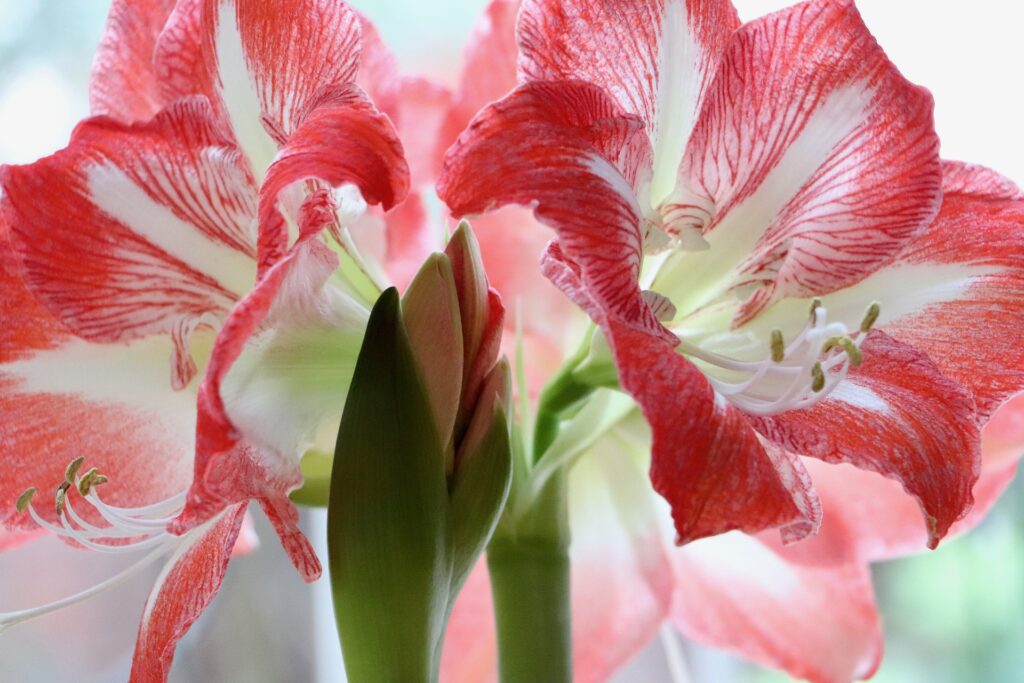
Amaryllis bulbs are lovely flowers that bloom around Christmas time, adding a festive touch to your home decor. However, if ingested, they can cause a wide range of symptoms in your furry friend. These may include depression, vomiting, tremors, anorexia, and excess salivation.
While Amaryllis flowers may be beautiful, they can be toxic to dogs. If you suspect your pup has ingested any part of this plant, seeking medical attention immediately is essential. Please don’t ignore any symptoms that your dog may be experiencing, as they could indicate severe discomfort and require urgent treatment.
- Aloe

Aloe Vera is a popular spikey green succulent many people keep in their homes. While it may have various benefits for humans, it can cause mild symptoms in dogs when ingested. These symptoms usually include vomiting and diarrhea as the plant increases mucus production and water within the colon.
Apart from digestive issues, aloe poisoning can also cause changes in urine color, possible tremors, and depression in dogs. If you suspect your pup has ingested any part of this plant and is experiencing any of these symptoms, seek medical attention immediately. Don’t delay, as early intervention can help prevent severe complications.
- Begonia
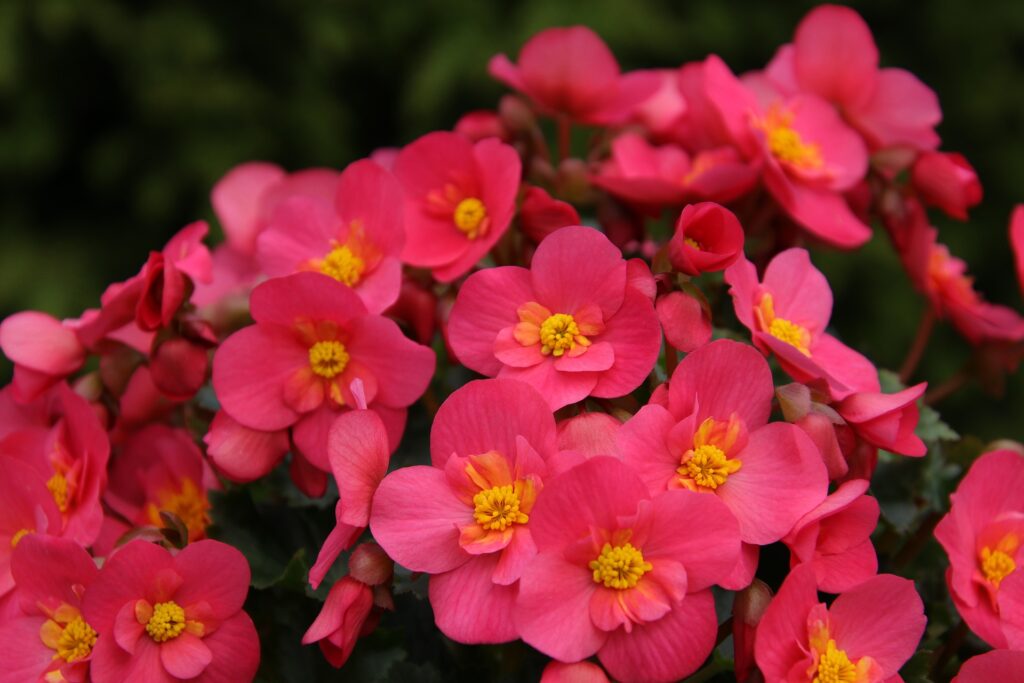
Begonias are bright, cheery, and long-lasting flowering plants that gardeners love. While they may appeal to the eye, they can cause mouth irritation and difficulty swallowing in dogs. These symptoms can be painful for your furry friend and require immediate attention.
- Azaleas

Azaleas are common in landscaping and grow wildly in some areas. While they may be beautiful to look at, they can be deadly to your furry friend if ingested. Dogs that eat azalea plants may develop symptoms such as vomiting, diarrhea, drooling, paralysis, and even death.
It’s important to be familiar with what azaleas look like to prevent your dog from eating them.
- Cyclamen

Cyclamen is a charming and unique flowering plant that many homeowners love to have in their homes. However, this plant can be highly toxic to dogs if ingested in large amounts. Dogs that consume cyclamen may develop seizures or even die, making it essential for dog owners to be aware of the risks.
- Chrysanthemum

Chrysanthemums are a popular plant choice for fall porch decor, offering a variety of colors that are pleasing to the eye. However, while these flowers are not deadly, they can cause significant discomfort for your furry friend. Mums contain lactones and pyrethrin, which can irritate your dog’s intestines and lead to symptoms like vomiting, diarrhea, drooling, skin rashes, and loss of coordination.
- English Ivy
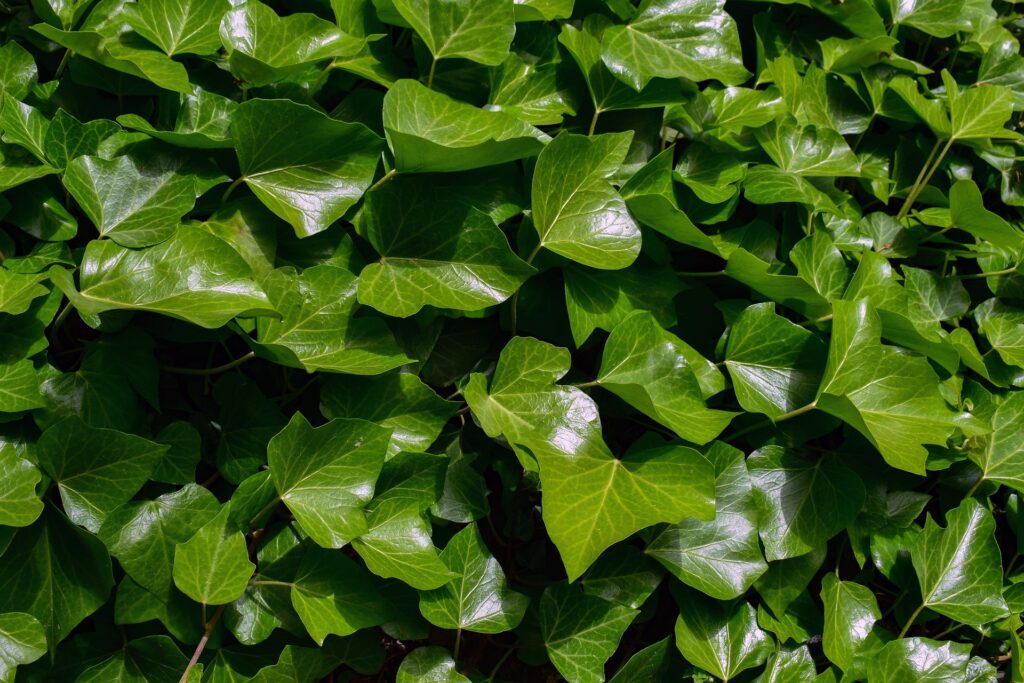
English Ivy may be a resilient plant for indoor and outdoor gardening, but pet owners should be aware that it can cause discomfort to their furry friends. Dogs that come into contact with or ingest English Ivy may experience symptoms such as drooling, vomiting, diarrhea, and swollen mouth or tongue. Keep an eye on your pup if they are near this plant to ensure their safety and well-being.
- Daffodil
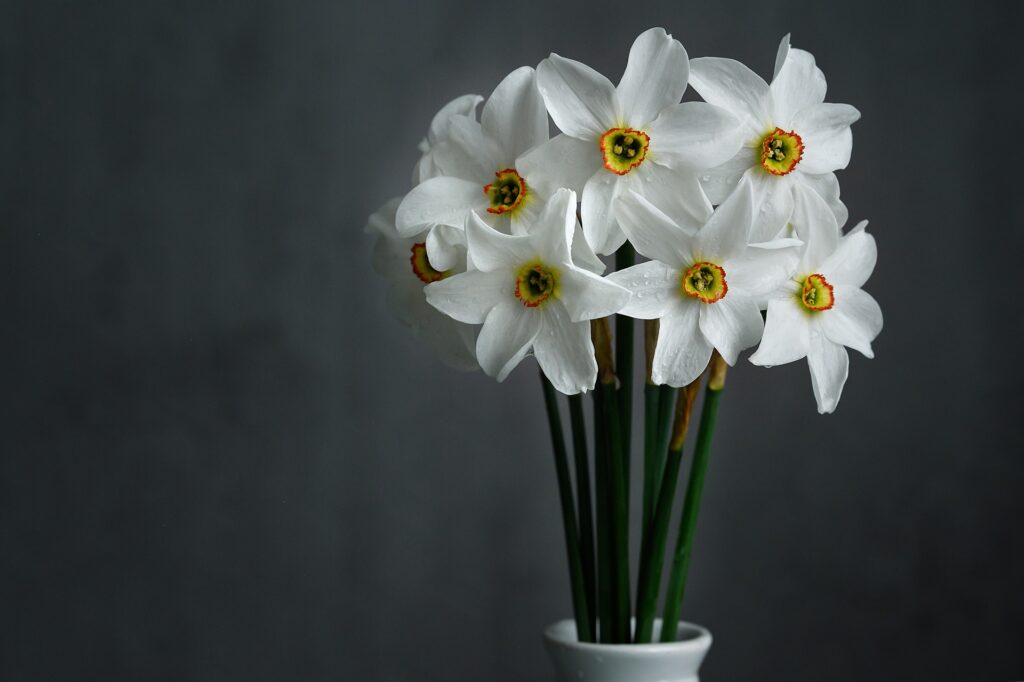
When the weather starts warming up, it’s a joy to see the daffodils popping up. However, these pretty flowers harm your furry friend, especially the bulbs. Keep a close eye on your pup around these blooms! If your dog eats any part of the daffodil, they can experience severe vomiting, drooling, tremors, and even heart problems.
Steps to Take if You Suspect Your Dog Ate Something Poisonous
If you suspect your dog has eaten a poisonous plant, taking immediate action is crucial to ensure their safety and well-being. The first step you should take is to contact your veterinarian or emergency vet clinic right away.
When you speak to the vet, provide them with as much information as possible about your dog’s breed, age, weight, and any symptoms they exhibit, such as vomiting, diarrhea, lethargy, or rash. Letting them know when you suspect your dog ingested the plant is also important.
Gather some of the plant material your dog ingested and bring it to the vet, or take a clear photo of it. This will help the veterinarian identify the plant and determine the appropriate course of treatment.
Sometimes, it may not be easy to identify which plant your dog ingested, especially if they have already vomited. If so, you can collect a small vomit sample in a plastic bag for the vet. This may help them identify the plant and provide appropriate treatment.
Remember, prevention is always better than cure. Take precautions to puppy-proof your home and yard by removing potentially toxic plants and closely monitoring your dog’s behavior when outside. In the event of an emergency, quick action and communication with your veterinarian can make all the difference in ensuring your dog’s health and safety.


